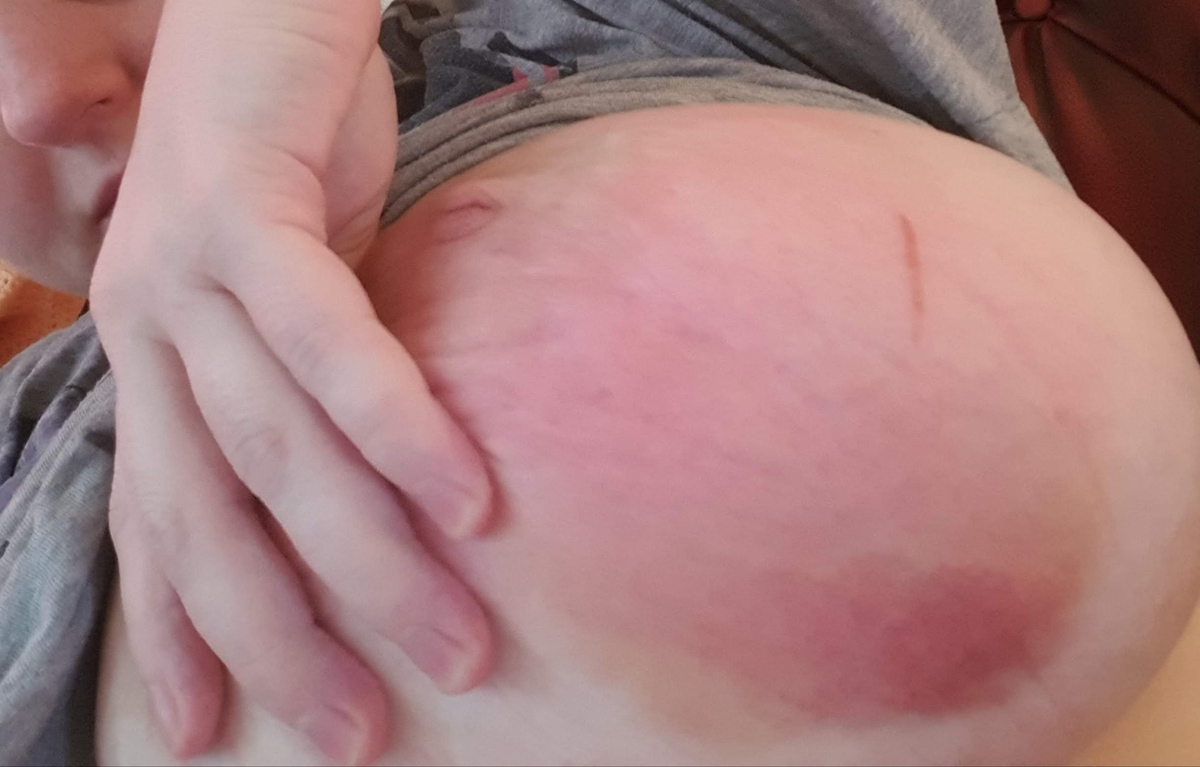
Skin rash may affect each and every part of the body. However, depending on the cause certain body parts are more susceptible and frequently affected by rash. This particularly refers to skin folds. Skin folds under the breast represent one of the most common areas of the skin affected by the rash. Skin rash under the breast predominantly affects women with large breasts or obese people.
Red Rash under Breasts
A red 'sweat' rash under the breast is medically known as intertrigo. The skin changes are sore and itchy and apart from affecting the folds under the breast skin changes may affect armpits as well. The rash is well organized and in some cases the redness of the skin cannot be properly seen due to the presence of whitish material which covers the skin changes. Intertrigo is caused by skin friction and it may also develop as a consequence of bacterial, viral or even fungal infection. The most common infective agents which lead to intertrigo are Candida albicans and Corynebacterium. Warm and moist places are excellent habitat for these two infective agents.
Treatment for Red Rash under Breasts
The first thing one should do is to get a supportive bra. It will lift the breasts and prevent further friction. Furthermore, bra is supposed to be made of natural fabric such as cotton. Synthetic fabric is strictly forbidden as it induces the growth of infective agents and prolongs the healing of the affected skin. Cotton also allows the skin to 'breath'. And finally, the bra and clothes which are in direct contact with the breasts and breast folds must be washed in a non-biological detergent without further application of a perfumed fabric conditioner.
Proper hygiene of the breasts area is also important. Women must wash the breasts several times a day with a non-perfumed soap. One should pay attention to rinse the skin properly and not leave any soap on the skin which may cause further irritation. When shampooing the hair the woman must keep the shampoo away from the affected area of the skin.
Once, the rash has occurred the woman must immediately stop applying any creams onto the damaged skin. Certain creams may induce sensitivity to some of their ingredients and only worsen already unpleasant symptoms. It is best if one can expose the naked breasts to the air and allow the skin to 'dry' naturally.
If the rash does not go away even though all the previously mentioned was followed the woman is supposed to visit her doctor. The doctor will then prescribe certain creams. Some of the creams are applied to eradicate the infective agent and some are effective in reduction of inflammation and redness.






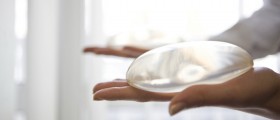

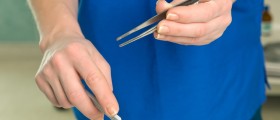


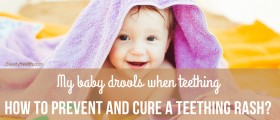
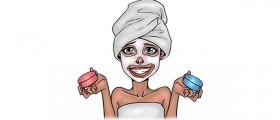




Your thoughts on this
Loading...